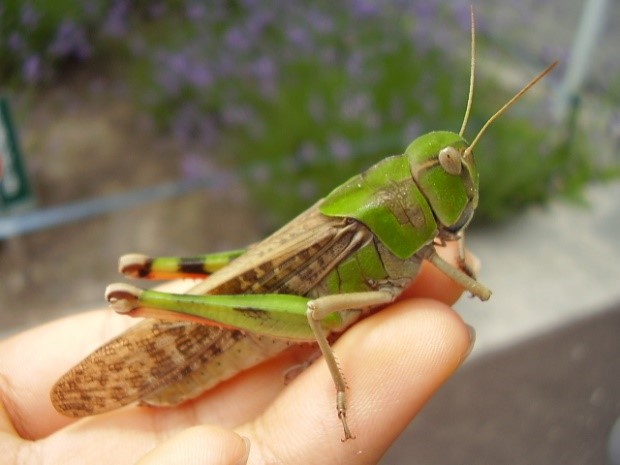In 2020, East Africa and India are seeing their worst swarms of locusts of the last decades. Such insects can multiply 20-fold in three months and reach densities of 80 million per square kilometre. Each can consume 2g of vegetation every day – combined, a swarm of 80 million can consume food equivalent to that eaten by 35,000 people a day [1]. It therefore left farmers counting crop losses, but also struggling with emerging environmental and health problems. Experts claimed that one of the main causes of this invasion is climate change, since hot and humid conditions favour the rise of the locust numbers.
Technologies belonging to the Precision Agriculture sector can be used to limit the damages caused by this plague.
For example, a supercomputer funded by UK aid is helping countries in East Africa to tackle the devastating locust outbreaks by tracking the insects’ movements around the continent. The computer, based in Kenya, uses satellite data to predict where the locusts will move to and develop early warning systems so communities can prepare [2].
Drones can also play a key role in monitoring locust swarms and their potential feeding grounds. Fixed wing drones are ideal for surveillance and green pasture spotting, while rotary wing drones can hover in place to take photographs or be fitted with sprayers to treat swarms with pesticides [3]. In India in the area of Rajasthan fifteen drones, for example, have been used to spray pesticides on tall trees and in otherwise inaccessible area.
[1] https://www.bbc.com/future/article/20200806-the-biblical-east-african-locust-plagues-of-2020

